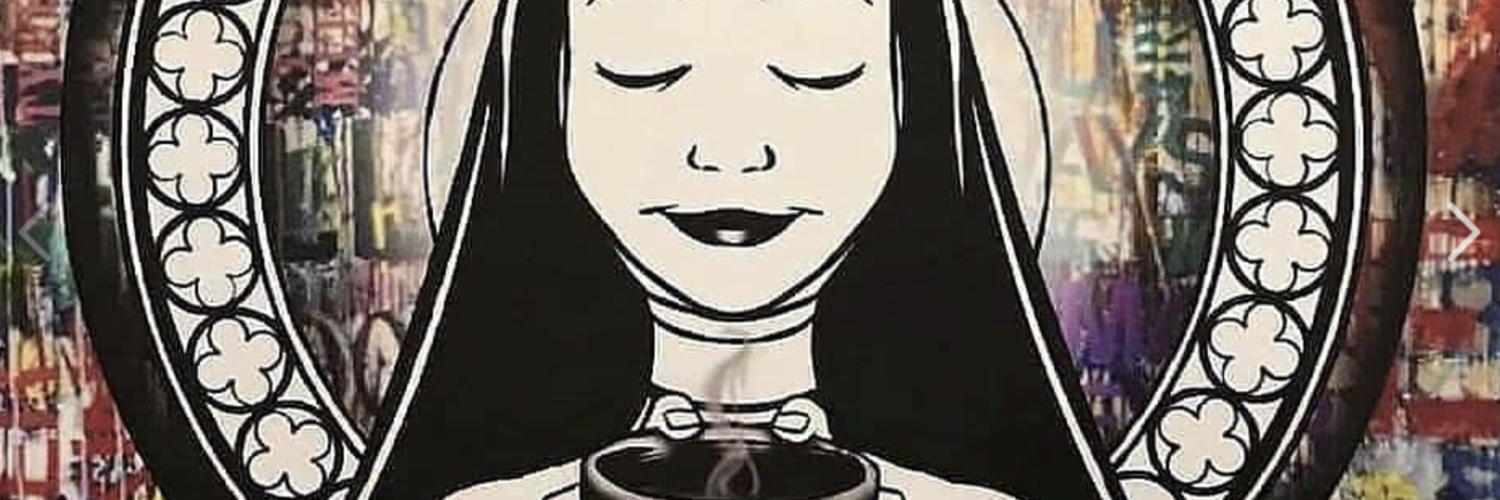Trigger alert: News readers are going to be seeing more and more stories about churches closing down and going up for sale.
There’s a good reason for this: Lots of churches, in lots of zip codes (but some zip codes more than others) are closing and being put up for sale. This is an obvious local story hook and often comes with colorful art, as these sanctuaries are turned into pubs, condos, art galleries, mansions, etc., etc.
However, these local stories also have valid national angles, because some flocks (think Seven Sisters of oldline Protestantism) are closing more churches than others. Also (think Catholic parishes in New York City), some of these churches are sitting on ultra-prime real estate in older downtown neighborhoods.
So here is my question: Is the fate of the church bodies that formerly occupied these holy spaces an essential element in all of these stories? In the old journalism formula “who,” “what,” “when,” “where,” “why” and “how,” does the “WHY” element remain important?
It would appear not, based on many of the stories that I am seeing.
Consider this new NPR report that does with a very broad headline: “Houses Of Worship Find New Life After Congregations Downsize.” See the implied question there? Why are so many congregations downsizing or even closing?
So what facts made it into the story? Here is the overture:
When Lisa and Dan Macheca bought a century-old Methodist church in St. Louis back in 2004, they didn’t think much about the cost of heating the place.
Then the first heating bill arrived: $5,000 for a single month.
“I felt like crying,” Lisa Macheca said. “Like, ‘Oh my gosh, what have I gotten myself into?’ “
Over the course of a decade, the Machecas, who both have hospitality backgrounds, renovated the 115-year-old church into a bed and breakfast. Repurposing these buildings — known as adaptive reuse — is becoming increasingly common as the religious preferences of Americans shift.
So what is going on here?
The percentage of Americans who belong to a church, mosque or synagogue has declined in the past 20 years, forcing some religious leaders to make a difficult decision: sell their houses of worship and downsize. In the U.S., many religious buildings were built during periods of religious growth, said Cleveland State University professor of urban planning Robert Simons.
America is becoming less religious and, well, that is that. This doesn’t have anything to do with birth rates, zip codes, changing doctrines, evangelism (or no evangelism), etc. it doesn’t matter that some churches are growing, some churches are on statistical plateaus, some churches are facing slight declines and some are in demographic death dives.
Those “periods of religious growth” are, of course, the post-World War II years when mainline churches were at their statistical peak.
When the United Methodist Church was born in 1968, if had congregations everywhere, of every size one could imagine. Today, many of those buildings are for sale — especially in the Northeast, upper Midwest and the West Coast, where UMC numbers are falling.
Is any of this relevant to the NPR story? Not really, this story makes it sound like the problem is architecture and bad insulation.
“The buildings we have that were built in the ’40s, ’50s and ’60s are not really functional for today’s perspective,” said Simons, author of Retired, Rehabbed, Reborn: The Adaptive Reuse of America’s Derelict Religious Buildings and Schools. “Too many classrooms, a little bit too big.”
These large religious buildings can fall into disrepair, placing a financial burden on shrinking congregations. The process is a “vicious circle,” said Simons, because congregations in deteriorating buildings may have trouble attracting new members, which in turn reduces donations.
More than 6,800 religious buildings have sold in the past five years and more than 1,400 are currently for sale in the U.S., according to the commercial real estate database CoStar. Some will be sold to other congregations, while others will become something entirely different — like a nun-themed coffee shop.
Now we get to the fun part — the details embraced by the team behind this story. There’s a lot of information here, all of it valid, about the Cafe on the Abbey — which opened inside the former convent based at Immaculate Conception Catholic Church.
Co-owners Danny Ball and Marcia Johns-Brooks are leaning into the history of the building. Patrons can nibble on a slice of pineapple preacher’s cake along with a cup of Nun’s Habit coffee — under a life-size painting of nuns enjoying a meal together.
Even the logo, a nun drinking coffee, pays homage to the building’s previous life.
“We’ve been very playful with that,” said Ball, who also serves as the restaurant’s head chef. “Playful and respectful.”
The coffee shop is one piece of an $8 million development, which includes a hair salon, event space and loft apartments.
But what happened to the convent? Why did it close? Why are some Catholic orders booming while others are shrinking, aging and dying?
So let me ask the basic question once again: Is this just a real-estate story, or is there a religion-trend story that is driving this phenomenon that needs to be covered?
I would say that this is a religion story. In many ways, it’s the flip side of the valid stories about the zoning wars in many community leaders are waging against growing megachurches and their flexible-use buildings housing all kinds of growing ministries.
Sunrise, sunset. There are facts that need to be reported about these clashing trends.










